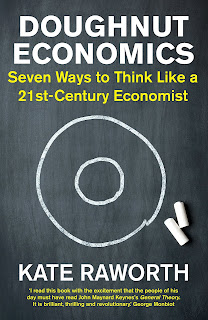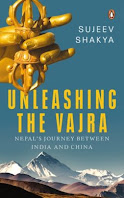Rara Reverie: My solo trip to Nepal’s largest lake

They say the best views come after the toughest journeys—and Rara Lake is a true testament to that. This hidden gem nestled in Nepal’s remote Karnali province was not on top of my places to go. However, fate had its own plan. What began as a simple visit to my maternal hometown unexpectedly turned into an unforgettable adventure to one of Nepal’s most breathtaking destinations. This journey also marked a personal milestone: I added three new districts of Nepal—Kalikot, Jumla, and Mugu—to my travel map. Each place unfolded its own story, with shifting landscapes and unique cultures. From navigating winding mountain roads and wandering through pine forests and lush meadows, to that magical first glimpse of Rara’s shimmering turquoise waters, everything felt surreal. In this blog, I will take you through my solo journey, share the routes I took, and everything you need to plan your own trip to the majestic Rara Lake. Left: Horses and cattle grazing in the chaur (gr...




